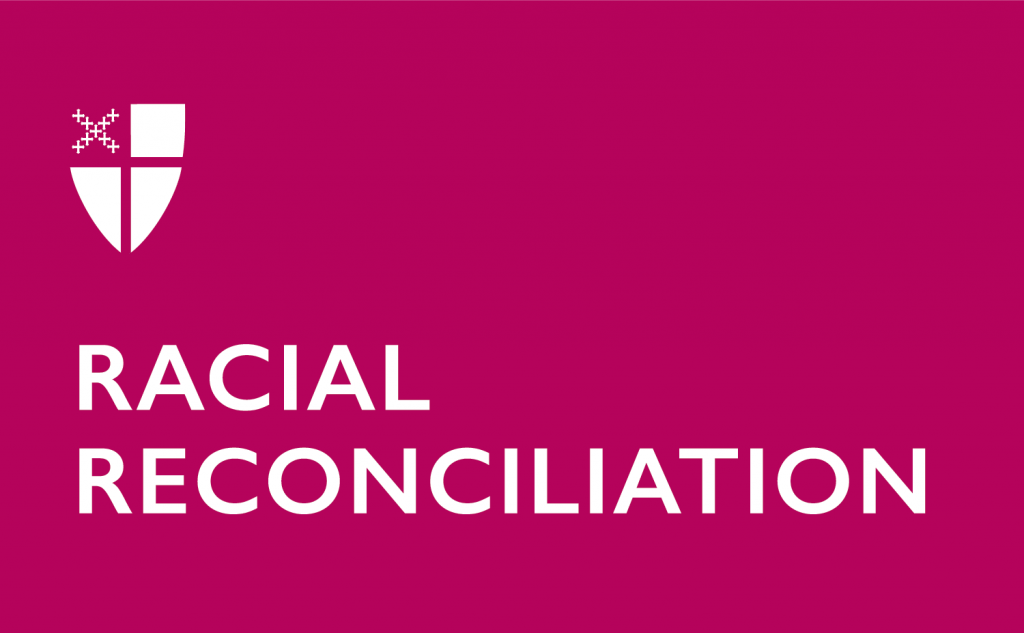Sacred Ground and Pilgrimage
By Barbara Van Cleve
By most people’s standards I had a very good education, but it took only one session of Sacred Ground for me to recognize that my excellent high school and college teachers had misrepresented American racial history. Over the following nine weeks, through our readings and videos, I registered growing annoyance—even anger—at how little I, a privileged White person, knew of our national record of discrimination, exclusion, and injustice.
Instead of turning my attention away from what I came to see, I decided to learn more. I hoped that by finally knowing the truth I could, even though I am only one person, participate in changing the pattern.

Saint Andrew’s Church in Greensboro, North Carolina, my home congregation, sponsored a civil rights pilgrimage to Alabama—Montgomery and Selma—to experience and study, in person and together, the seminal events of 1965, the same year I finished college.
I knew what I would learn on the pilgrimage would be uncomfortable, but, in the spirit of what I learned in Sacred Ground, I stepped in anyway, just as the 1960s activists did.
Our group was led by the Rev. Ginny Inman from Saint Andrew’s, and we were inspired by our presiding bishop, the Most Rev. Michael Curry, who recently invited his audience at Notre Dame University to continue the legacy of Dr. Martin Luther King Jr. to help heal the humanly created nightmare of racism. Our trip was facilitated by Progressive Pilgrimages, a company whose mission is to take people of faith deeper into the experience of travel to difficult places where their faith is leading them to go.
Our pilgrimage was short but deep. On Wednesday we traveled by bus from Greensboro to Montgomery and watched the film “Selma” on the way. Thursday, we learned about the early years of Dr. King’s ministry in Montgomery and the Bus Boycott, the yearlong action of the Black residents of Montgomery in response to the segregation of the city’s bus system. We visited the Civil Rights Memorial Center and Rosa Parks’ home. We also studied the activism of the participants in the voting rights movement and walked over the Edmund Pettus Bridge. Five hundred walked that bridge in 1965. We were only 16, but every step felt blessed and full of power.
We visited the Equal Justice Initiative’s Legacy Museum, which chronicles the history of slavery and racism, and EJI’s National Memorial for Peace and Justice, the lynching memorial, a 6-acre site that its creators hope “inspires communities across the nation to enter into an era of truth-telling about racial injustice.”
On a wall at the National Memorial for Peace and Justice are these words, “We will remember, because hopelessness is the enemy of justice… [We will remember] with courage, because peace requires bravery… [We will remember] with persistence, because justice is a constant struggle… [We will remember] with faith because, we shall overcome.”
—
Barbara Van Cleve has been active in The Episcopal Church since college and is a member of Saint Andrew’s Church, Greensboro, North Carolina.

